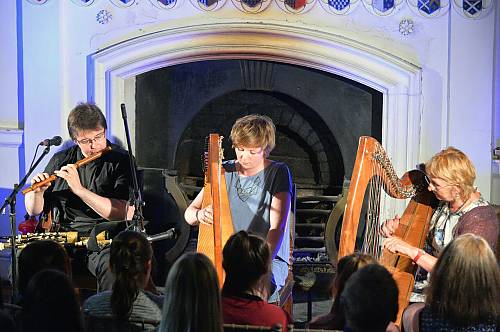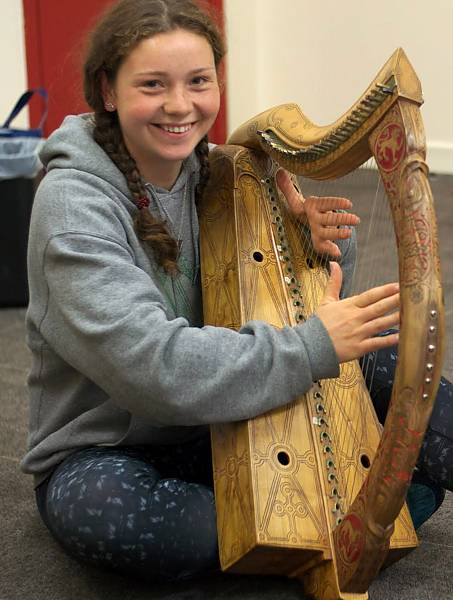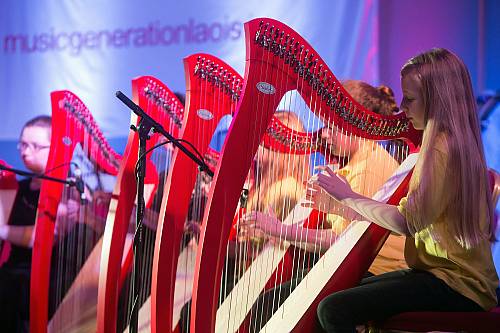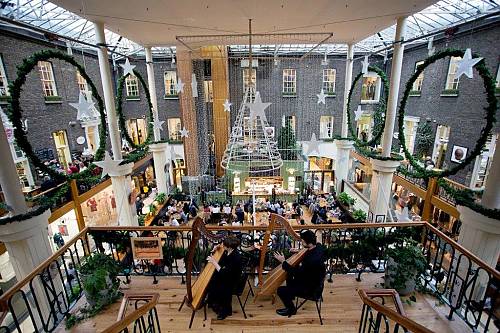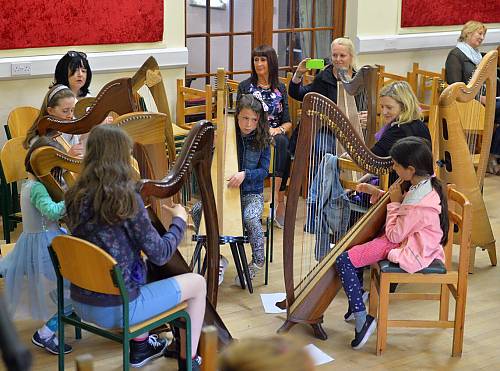Irish harping
Inscribed in 2019 (14.COM) on the Representative List of the Intangible Cultural Heritage of Humanity

Irish harping is at the heart of the identity of the people of the island of Ireland. The harp is Ireland’s national symbol and has been played for more than 1,000 years; its bell-like sounds and music captivate all those who hear it and are celebrated in Irish mythology, folklore and literature. Nowadays, instead of a harp hewn from a single piece of willow, strung with wire strings and played with the nails, most contemporary harps are made with various types of hardwood, strung with gut or nylon, and played with the finger tips. While some men and boys play the harp, women, girls and children are the primary practitioners. Related skills are transmitted both aurally and/or by notation in the art music style, and contemporary exponents of the early wire-strung harp are bearers of a precious legacy of music. Contemporary gut-strung harpers have safeguarded the old repertoire and ensured its continuity while responding to evolving harp styles. There has been a major resurgence of interest in harp playing over the past sixty years thanks to a growing appreciation of the harp’s role in Irish identity, language and culture and bearers and practitioners now number around 1,500, a number that is growing steadily. Harp playing has also helped people to embrace diversity and bridge divides.

